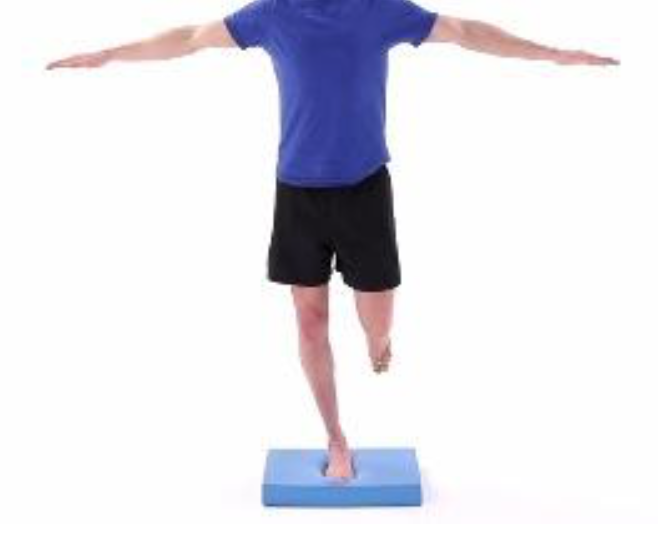ANKLE SPRAINS
How many times have you sprained your ankle? Chances are if you’ve sprained it once, you may experience recurrent sprains as well. Inversion ankle sprains, commonly referred to as “rolling your ankle” are common among active people. In the United States, approximately 23,000 individuals sprain their ankle every day, with female athletes being the most susceptible to experience this injury.1
Often, these sprains go untreated which can lead to reinjury and functional deficits down the road. One result of untreated ankle sprains is chronic ankle instability which may lead to osteoarthritis of the ankle.3 When an injury like this occurs, it is especially important to ensure a fracture hasn’t occurred. Some indicators that you may have broken a bone include, inability to walk or put weight on your lower extremity and pain/tenderness at any of the bones in the ankle and/or foot. An x-ray is necessary if you suspect a fracture.
What many people don’t know is that physical therapy is an effective solution for ankle sprains and chronic ankle instability.3 One common thought is that crutches may be necessary for an ankle sprain, however current research has found that in most cases progressive weight bearing with external support (brace, wrap, etc.) is actually more effective and aids with healing during the acute phase.3 Another important factor in ankle sprain rehabilitation is strength and balance training. Physical therapy programs incorporating manual therapy, strength, range of motion and balance training have shown effectiveness at reducing pain, disability and reinjury.3 Below we have included two general exercises we commonly use with patients recovering from ankle sprains. (Please note these are just general recommendations and for individualized treatment it is best to see a PT.)
The first is balancing on one leg… simple enough right?
This can eventually be progressed to uneven surfaces such as foam pads, BOSU ball, etc. According to research, individuals 18-40 should be able to do this for approximately 40 seconds with their eyes open and ~10 seconds with eyes closed. Those who are 40-60 years old should aim for ~36 seconds with eyes open and ~6 seconds eyes closed. Individuals >60 should aim for ~25 seconds with eyes open and ~5 seconds with eyes closed.1
The second exercise is a stretch to improve ankle range of motion – specifically dorsiflexion. Limitations with this range of motion are important to address in order to avoid reinjury.3 Keeping the knee facing forward, bend and straighten your knee keeping your heel on the ground. This is recommended to be performed 30 times in an on/off manner for 3 sets.3
Please let us know if you have any questions about these exercises or ankle injuries you may be experiencing!
References:
Whitman J.M. et al. Predicting short-term response to thrust and nonthrust manipulation and exercise in patients post inversion ankle sprain. 2009; 39(3): 188 – 200
Martin RL, McPoil TG. Reliability of ankle goniometric measurements: a literature review. J Am Podiatr Med Assoc. 2005;95(6):564-572.
American Physical Therapy Association, Orthopedic Section. Current concepts of orthopedics. 2006. La Crosse, WI.



